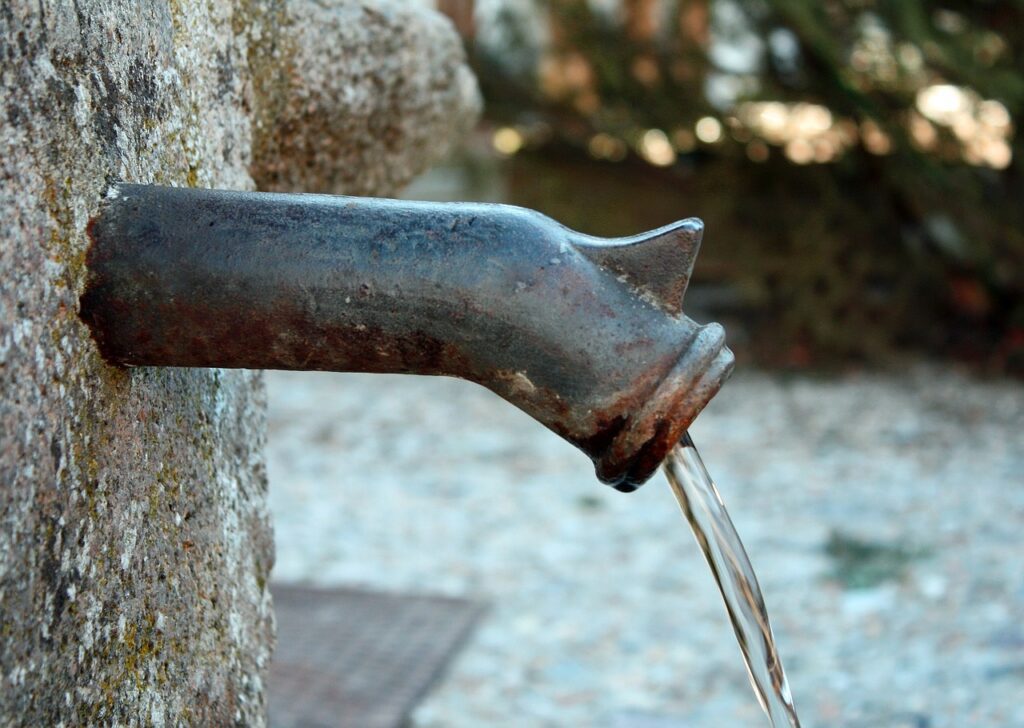Water pressure is essential for efficient water usage in your home, affecting everything from showers to dishwashing. Testing your water pressure regularly helps identify potential issues early, ensuring consistent performance and preventing damage to plumbing fixtures. This article provides a step-by-step guide on how to test your water pressure effectively, covering methods for both simple and more precise measurements, as well as tips on interpreting results and troubleshooting common problems.
Understanding Water Pressure
Water pressure refers to the force that pushes water through pipes and into your home’s fixtures. It’s measured in pounds per square inch (PSI), with standard residential water pressure typically ranging from 40 to 80 PSI. Low pressure can result in weak flow, while high pressure can strain plumbing and appliances.
Why Test Water Pressure?
Testing your water pressure helps you:
- Ensure adequate flow for daily tasks.
- Detect potential plumbing issues early.
- Adjust pressure for optimal performance and efficiency.
- Prevent damage to fixtures and appliances.
Methods for Testing Water Pressure
1. Basic Pressure Gauge Method
Materials Needed:
- Pressure gauge (available at hardware stores)
- Adjustable wrench or pliers
Steps:
- Locate an Outdoor Spigot:
- Choose a spigot closest to where the water supply enters your home. Avoid spigots with hose attachments or regulators.
- Prepare the Gauge:
- Attach the pressure gauge to the spigot by screwing it on securely. Use an adjustable wrench or pliers if necessary, being careful not to over-tighten.
- Turn on the Spigot:
- Fully open the outdoor spigot to allow water to flow freely through the gauge.
- Read the Gauge:
- Let the water run for a few seconds until the pressure stabilizes. Note the PSI reading displayed on the gauge.
- Interpret the Results:
- Compare the reading to recommended levels (typically 40-80 PSI). Low pressure may indicate issues like leaks or sediment buildup, while high pressure could strain pipes and fixtures.
2. Measuring Pressure Using a Pressure Reducing Valve (PRV)
Materials Needed:
- Multimeter with a pressure test setting
- PRV (if installed)
Steps:
- Locate the PRV:
- Find the pressure reducing valve (PRV) typically installed near the water meter or main shut-off valve.
- Set Up the Multimeter:
- Set your multimeter to the pressure test setting. Attach the leads to the PRV test ports following the manufacturer’s instructions.
- Activate the PRV:
- Open a nearby faucet to allow water to flow through the PRV. This helps stabilize pressure and ensures accurate readings.
- Read the Multimeter:
- Monitor the multimeter display to observe and record the pressure reading. Ensure the reading aligns with recommended levels.
Tips for Interpreting Results:
- Normal Range: Residential water pressure should typically fall between 40 and 80 PSI. Consult local plumbing codes or recommendations for specific guidelines.
- Low Pressure Issues: Check for leaks, clogs, or issues with municipal supply. Consider installing a booster pump or addressing plumbing problems.
- High Pressure Issues: Excessive pressure can stress pipes, cause leaks, and damage appliances. Install a pressure regulator (PRV) to maintain safe levels.
Troubleshooting Common Problems:
- Low Pressure: Inspect pipes for leaks or blockages. Clear sediment from aerators and showerheads. Check with neighbors to determine if the issue is isolated.
- High Pressure: Install a pressure regulator (PRV) if one isn’t present. Adjust PRV settings to maintain safe pressure levels throughout your home.
Conclusion:
Regularly testing your water pressure ensures optimal performance and helps prevent costly plumbing repairs. Whether using a basic pressure gauge or a multimeter with a PRV, these methods allow you to monitor pressure levels effectively. Addressing pressure issues promptly enhances water efficiency and extends the lifespan of your plumbing system and appliances. By incorporating these practices into your home maintenance routine, you can maintain consistent water flow and ensure a reliable water supply for daily activities.










